Long, long time ago, whem motorisation started to develope, the driver, so called choffer
needed to have great technical skills to be able to drive his wonderfull car.
In the first vehicles driver, apart from keeping the steering wheel was responsable to do many other activities like f.ex. regulating the ignition or proportions of air-fuel mixture, regarding mostly his intuition, not any theoretical knowledge.
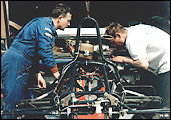
Nowadays, in times of advanced technic almost every activities concerning the work of the engine does ECU (steering computer, electronical control unit).
To ECU flow signals from plenty of sensors describing among others:
Rounds of the engine, throotle valve opening diameter, air temperature, pressure in the intake collector, signals from the Lambda sensor, etc.
Basing on this constantly changing datas, ECU sends the signals regulating the ignition and injection systems.
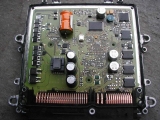 The element basing on which the ECU makes correction of the parameters are saved in his memory so called multidimensional maps, containing relations between certain parameters.
The element basing on which the ECU makes correction of the parameters are saved in his memory so called multidimensional maps, containing relations between certain parameters.
In most of the ECU’s theese maps are saved in the EPROM programmable memory, called usually CHIP, and that’s where the name chiptuning comes from.
Assuming, chiptuning is changing of the programme in the steering computer (ECU) of the injection system.
In older models of ECU’s to make the modification it was enough to take out its memory /chip/, read its content by a programme reader, modificate the programme and finally save again on chip and put it back into ECU.
Nowadays we have the methods anableing changing the programme through diagnostic receptacle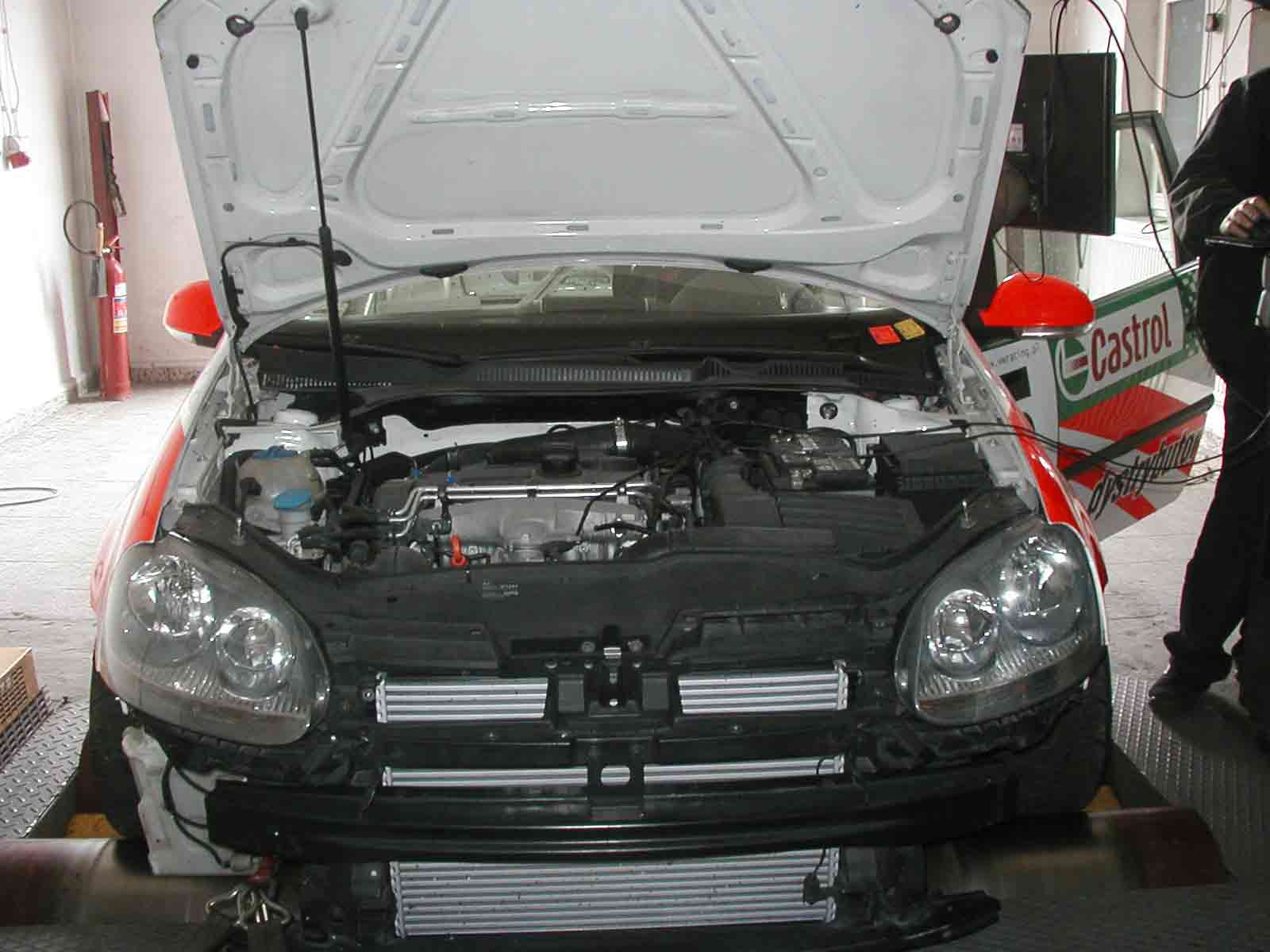 (OBD), what shortens the time of reprogramming of the ECU.
(OBD), what shortens the time of reprogramming of the ECU.
Apart from tunning method the most importanat is how the programme was modified and if the tuner knew what he was doing or just copied somebodys work.
The serial programmes are done in the way to ensure possibly low fuel intake, be ecological and have the marigin for using wrong exploatation means and usual unconsient of the user.
Additionally some producers limit their engines power due to their countries tax laws, where those cars are going to be used.
That is why disposing a great technical knowledge, experience and measuring tools (testbench, analisators, emulators), we can improve without the engines damage its parameters (torque and power).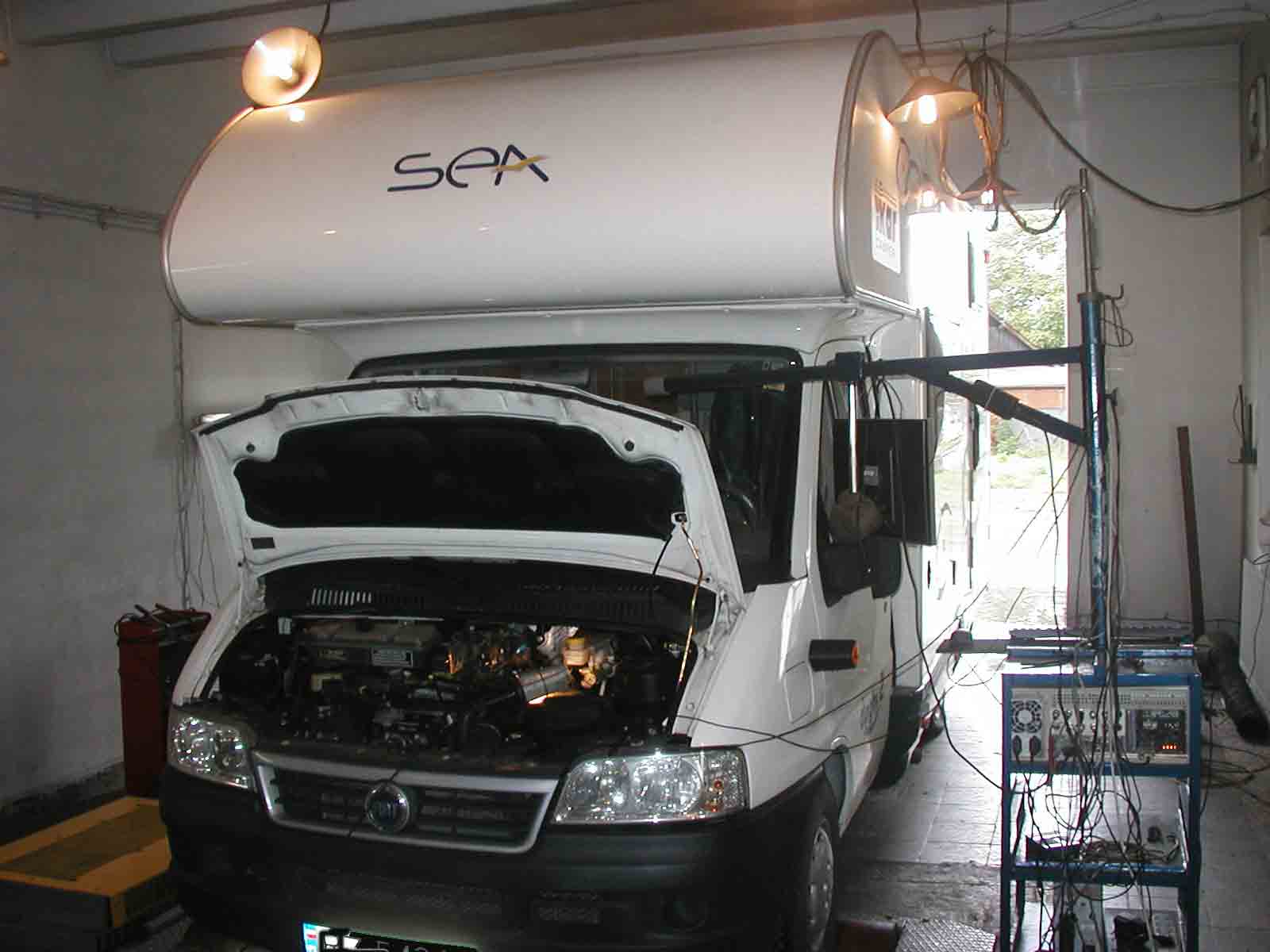 We do test of every car entering our firma for chiptuning on a testbench, prooving his parameters on before a tuning. In case of failure of the car we do the diagnosis and repairment of the car.
We do test of every car entering our firma for chiptuning on a testbench, prooving his parameters on before a tuning. In case of failure of the car we do the diagnosis and repairment of the car.
We start tuning the car only when the engine is completely efficient. Our programmes are done directly on a testbench by using the emulator anableing modifications in programme during the work of the car.
This method ensures 100% of advantage all the potential of the engine.
In the petrol cars we follow constantly all the important parameters of the engines work including the AFR mixture proportions.
For the diesel engine cars apart from the power and torque we constantly control smoking characteristic and modificate programme this way, that the smoking norms would not be exceeded.
After testbench tests we do the road tests during which we effectuate the last programme corrections.
The individual programmes are made this way to achieve the higher results without decreasing durability of the engine.
The easiest one can improve the torque and power in charged engines – both petrol and diesel engines. In both cases we can improve their parameters in range between 20% up to 35% without loosing durability of the engine.
In TDI engines the limitation are not the values of the power but smoking, which should be low and equal in all the range of rounds.
Nothing testifies so bad about the tuner as a car, which after puting down the gas pedl turns into exhaust gases producing machine.
That is why not every firms are able to make the programme this way, that the car would not exceed the smoking limits and had good parameters.
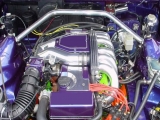 The next problem by tuning TDI engines is low quality of the fuel, which causes double combustion of the fuel in the exhaust system.
The next problem by tuning TDI engines is low quality of the fuel, which causes double combustion of the fuel in the exhaust system.
The result is a blue or silver smoke outcomming from the exhaust system by longlasting maximal rounds of the engine and high loadings.
Considerably worse situation is by normal aspirated cars, where the growth of the maximum power achieved by chiptuning do not usually exceed 4 – 8%.
We can conclude from above, that most of the producers makes programmes this way to be in harmony with ecology in range of low and average loadings and provide relatively low fuel combustion. By full gas pedal pressing the attempt to draw out everything what’s possible from the engine.
That is why even the best tuner has very low marigin to explore and the growth in maximum power and torque is small and sometimes even impossible to achieve.
Chiptuning in theese cars concerns mostly on improving parameters in range of partial 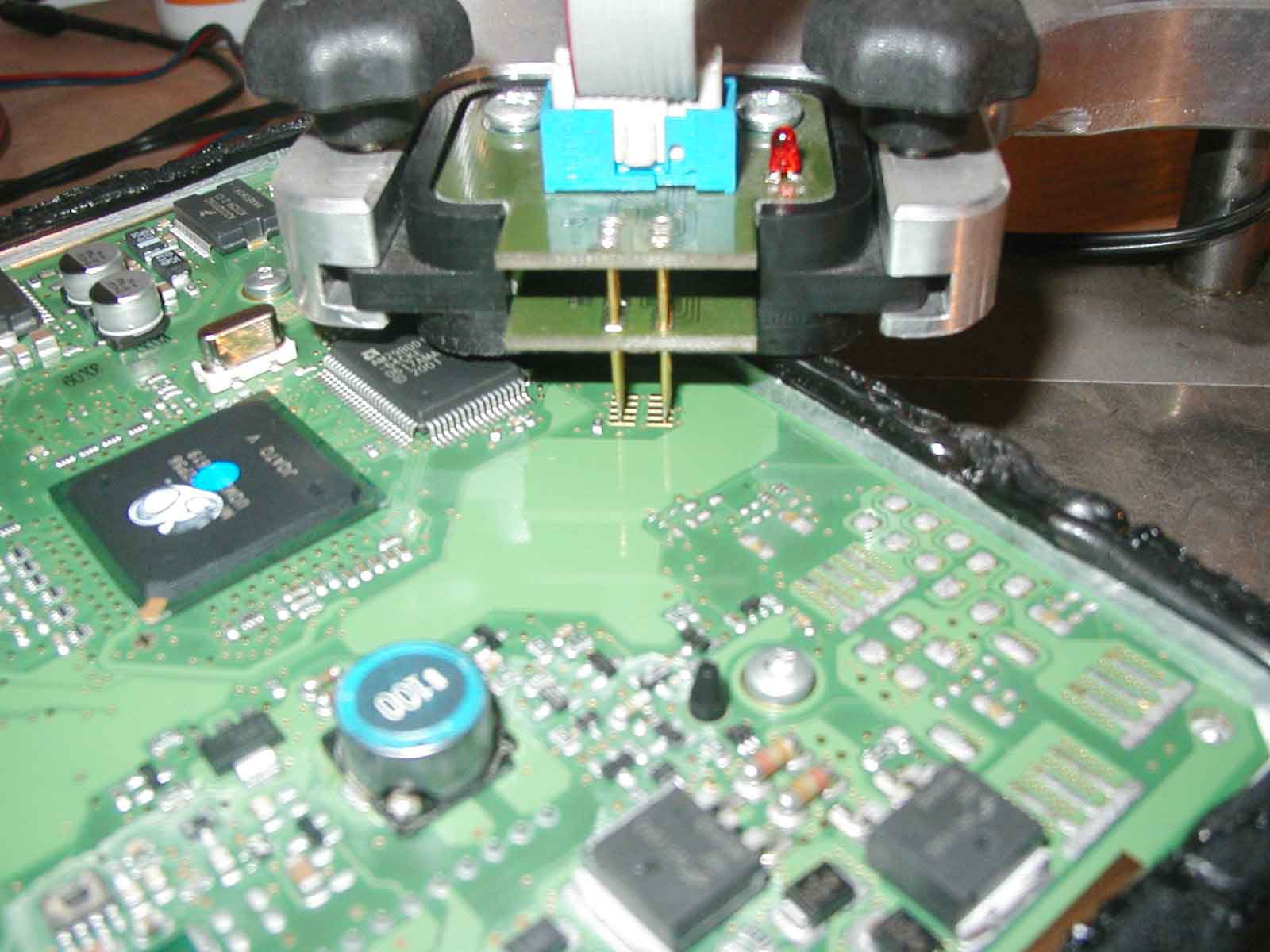 loadings /up to 75% og gas pedal pressing/ and here are possible improvements even up to 10%. Of course there are in both cases further possibilities of power rising, but they are connected with necessary of mechanical modifications of cylinder head, cumshafts, intake and exhaust systems and much higher costs.
loadings /up to 75% og gas pedal pressing/ and here are possible improvements even up to 10%. Of course there are in both cases further possibilities of power rising, but they are connected with necessary of mechanical modifications of cylinder head, cumshafts, intake and exhaust systems and much higher costs.
Chiptuning is the simpliest, the easiest and the most dangerous way of car tuning. Moify the programme can every average electronitian, however the concience of its results is accesible for not many. All the modifications should be checked on testnbenches during longlasting tests.















 Top
Top